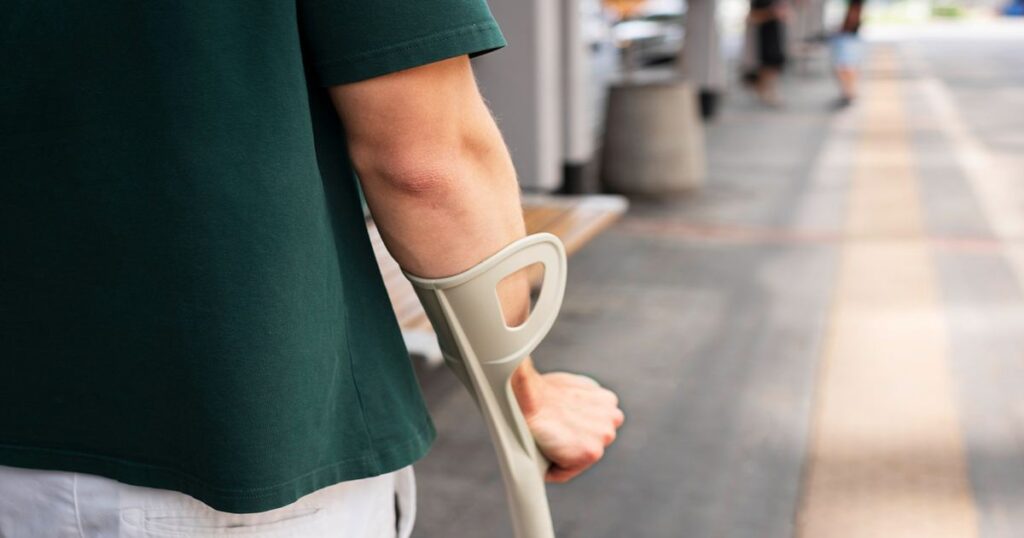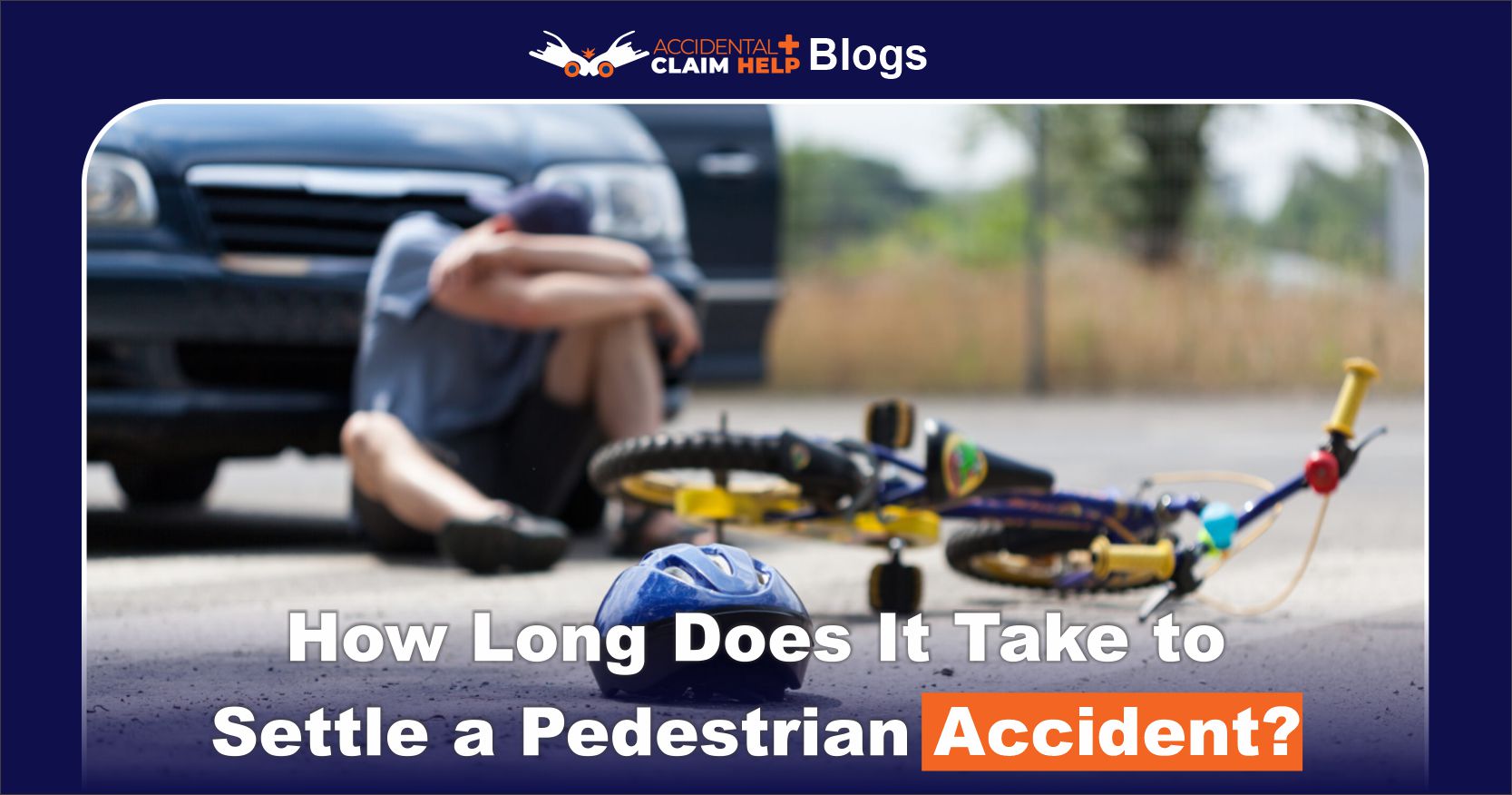How Long Does It Take to Settle a Pedestrian Accident Case?
Victims of pedestrian accidents often ask “How long does it take to settle a pedestrian accident?” The honest answer is: it varies widely. Some cases can wrap up in a few months, while others may drag on for a year or more. A good rule of thumb is that minor injury claims often settle faster, and serious or disputed cases take longer. Nationwide data show that, on average, personal injury claims (including pedestrian accidents) resolve in about 11–12 months, though about 30% take over a year. We’ll explain the typical timelines for insurance settlements and lawsuits, the key factors that influence how long a case takes, and what experts say about average timeframes.
Typical steps in a pedestrian accident claim include filing the claim, investigating the crash, medical treatment, sending a demand letter, and negotiating a settlement. Because each step can take time (especially recovery and negotiation), even a straightforward case often spans many months.
Typical Steps and Timeline
Most pedestrian accident cases follow a series of stages before settlement. First, the injured pedestrian (or their attorney) files a claim with the driver’s insurance company. Next comes an investigation: both sides gather evidence such as police reports, witness statements, medical records, and photos. Meanwhile, the pedestrian receives medical treatment until they reach maximum recovery (or maximum medical improvement). Once treatment is complete, the lawyer prepares a demand letter outlining the injuries and damages and sends it to the insurer. The insurance company then reviews and negotiates. Finally, if both sides agree, they sign a settlement and the insurer disburses the money. If negotiations stall, the attorney may file a lawsuit, which adds months (often years) for court proceedings.

Because each phase takes time, even a simple case can take a while. For example, cases with clear liability and relatively minor injuries often settle 6–12 months after treatment is complete, whereas cases with complex or severe injuries take 12–16 months after treatment. These timeframes include the investigation and negotiation steps after medical care. (Remember, every case is unique.)
Typical Timeframes
In practice, most pedestrian accident cases settle in the range of several months to a year or two. Typical examples might be:
- Minor injuries, clear fault: If the accident is straightforward (e.g. driver is clearly at fault) and injuries are relatively mild, a case might settle in a matter of a few weeks or months. In rare “overnight” scenarios, settlements are quick, but usually take at least a few months for proper handling.
- Moderate cases: Many pedestrian claims with moderate injuries and undisputed liability take about 6 to 12 months from accident to settlement. This covers finishing medical treatment, submitting demands, and negotiating with the insurer.
- Severe or disputed cases: If injuries are serious (requiring surgery or long rehab) or if fault is unclear, settlement often takes a year or more. Complex cases can stretch beyond 12 months. For instance, cases involving serious injuries and extensive medical bills can take more than a year.
- Lawsuit cases: When a claim doesn’t settle and goes to court, timelines grow. Filing a lawsuit adds discovery (exchanging evidence, depositions, motions), which can easily take 1–2 years or longer before trial. Cases going to trial may take up to two years to finalize, and about 75% of injury claims resolve within two years. In other words, adding litigation often doubles or triples the total time compared to an insurance-only settlement.
These are general ranges. In short, weeks to a few months is possible for very clear-cut, minor cases, roughly 6–12 months is common for typical cases, and 1–2+ years is common when injuries are serious or lawsuits are needed.
Key Factors Influencing Timeline

Several factors affect how quickly a pedestrian accident settles. The biggest factors are:
- Severity of Injuries: The more serious the injuries, the longer the process. Severe injuries require longer treatment and recovery, meaning the victim’s medical condition must stabilize before settlement. Attorneys usually wait until the victim reaches maximum medical improvement (MMI) before finalizing a deal.
- Medical Treatment Duration: Closely related to severity, the duration of ongoing treatment directly delays settlement. An insurance company won’t finalize a payout until it knows the full cost of treatment.
- Liability and Fault Issues: If liability (who’s at fault) is clear, settlement is quicker. However, if the driver or insurer disputes fault, resolution takes longer. Any disagreement over who caused the accident triggers longer investigations.
- Evidence and Investigation: Both sides need time to gather and review evidence such as police reports, surveillance video, and witness statements. The more complex the facts, the longer the investigation phase.
- Insurance Company Process: Insurance companies often take time to review a demand and may use delaying tactics. A cooperative insurer with clear liability might expedite the offer, while an uncooperative one may drag things out.
- Settlement Negotiations: Once a demand is made, negotiation itself can drag on. Each round of offers and counteroffers can take weeks.
- Lien Resolutions and Final Disbursement: Even after settlement, medical liens or insurance reimbursements must be resolved before payout, adding weeks to the timeline.
- Litigation: If a lawsuit is filed, discovery and court schedules can stretch a case into years. Many lawsuits settle before trial, but by then, months or years may already have passed.
Each of these factors can interact. For example, a pedestrian who needs surgery and whose fault is disputed will experience delays from both medical recovery and legal wrangling. Conversely, a case with short treatment and quick acceptance of liability can move relatively fast.
Insurance Claims vs. Lawsuits
Most pedestrian accident cases are resolved through insurance negotiations without going to trial. Roughly 95% of personal injury claims (including pedestrian accidents) are settled by agreement rather than at trial.

- Insurance Claim Settlement: Initially, the claim is handled through the at-fault driver’s insurance. After submitting documentation of injuries and damages, settlement might occur within months to a year if liability is clear. In strong cases, settlement could occur in just a couple of months, though that is rare.
- Lawsuit (Court) Proceedings: If the insurer refuses fair compensation, the pedestrian may file a lawsuit. Discovery and court scheduling often add 1–2 years. While most cases still settle before trial, the timeline is already much longer by then.
In summary: Resolving a claim through insurance negotiations is usually faster, while resorting to a lawsuit can extend the case into multiple years. Still, going to court does not guarantee a trial verdict; it mainly forces settlement discussions toward deadlines.
Estimates from Experts and Studies
What do surveys and attorneys say about typical settlement times?
- Average claim resolution time is about 11–12 months, and roughly 30% of claimants take over a year to settle.
- Cases with clear fault and non-complex injuries usually settle 6–12 months after treatment.
- More complex cases can take 12–16 months after treatment.
- Simple cases often resolve within 6 to 12 months, while serious injury cases may take more than a year.
- Most car accident or pedestrian accident cases settle in about 9–18 months.
- About 75% of claims are resolved within two years.
These sources consistently point to around one year on average, with a range from a few months up to a few years depending on circumstances.
Conclusion
There is no single answer to “how long does it take to settle a pedestrian accident case?” Most straightforward claims resolve in half a year to a year, but anything from a few months to a couple of years is possible. Severe injuries, complicated fault questions, and litigation will push a case longer; very minor cases may be quicker. Being proactive—getting prompt medical care, documenting everything, and working with a good attorney—helps avoid unnecessary delays. Knowing the typical timelines (for example, 6–12 months for many cases and up to 2 years if there’s a lawsuit) can set realistic expectations. Ultimately, each case is unique, so it’s wise to consult a pedestrian accident lawyer for an estimate based on the specifics of the case.







